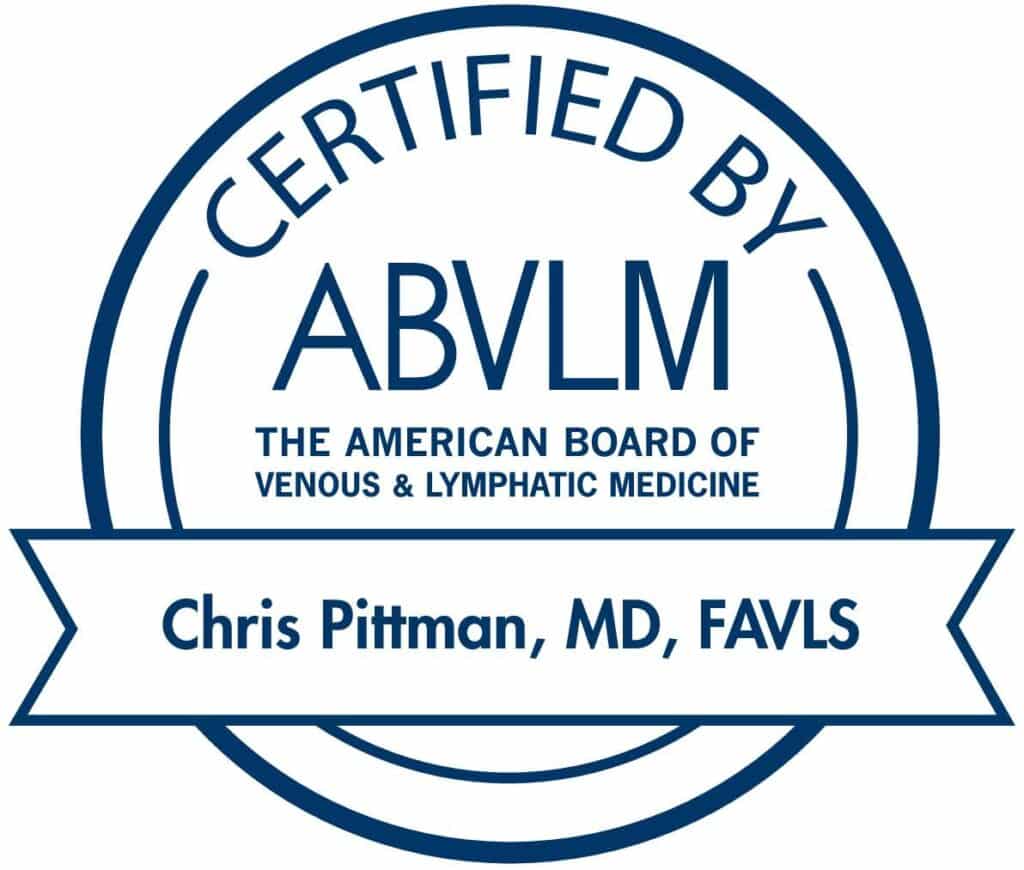A small wound on the inside of your leg may seem like it isn’t a big deal but it could be something more serious – a leg ulcer. Just like any open wound on the body, leg ulcers can become infected but how can you tell if an infection has formed?
There are various sign and symptoms that indicate that a leg ulcer is no longer just an open wound and has become infected. If you have a history of leg ulcers or feel you at risk of developing one in the future, it is important that you learn how to tell if it becomes infected.
Understanding More about Leg Ulcers
Before you can learn how to identify if an ulcer has become infected, you must first learn how to tell if you even have a leg ulcer.
A leg ulcer, which is sometimes called a venous skin ulcer or a venous leg ulcer, is an open wound that is extremely slow to heal. Most open wounds will start to show signs of healing within a week, but a venous skin ulcer either won’t heal at all or is extremely slow to heal.
The reason why a venous skin ulcer won’t heal is that the blood that circulates to the wounded area is weak. Without access to blood, which is rich in nutrients and oxygen which helps with the healing process, the wound is unable to heal in a timely manner.
An open wound that appears on the inside of the leg near the ankle is the first sign that you may have a leg ulcer. Other symptoms of leg ulcers include:
- •Development of a red rash
- •Extremely dry or itchy skin near the open wound
- •Skin discoloration – skin will appear to develop a dark brown color
- •The fluid that appears to ooze from the wound – the fluid may have a foul smell to it
People who are at risk of developing leg ulcers include:
- •History of diabetes
- •Being overweight
- •Previous history of DVT
Symptoms of an Infected Leg Ulcer
Leg ulcers, because they are open wounds, are extremely susceptible to infections. If the wound becomes infected you may experience some of the following symptoms:
- •Pain near the wound that appears to worsen when touched
- •The general feeling of being “unwell”
- •Nausea
- •Low-grade fever
- •Redness of the skin near the wound
- •Swelling of the skin near the wound
- •Pus
How are Infected Leg Ulcers Treated?
The first step in treating an infected leg ulcer is to get rid of the infection. An antibiotic will usually be prescribed to treat the infection. Sometimes the wound may need to be medically cleaned in order to remove any dirt or bacteria that is in the wound.
In addition to treating the infection, your healthcare team will focus on improving circulation, preventing future infections, and healing the open wound. Other common treatment recommendations include:
- •Wearing compression stockings or bandages to help improve circulation
- •Keeping leg raised to help improve blood circulation
- •Cleaning the wound
- •Surgical options to improve circulation
Getting proper treatment for a leg ulcer can help prevent it from becoming infected. If you suspect a wound on your leg may be a leg ulcer, call Vein911® Vein Treatment Centers to schedule an appointment with Dr. Chris Pittman.
Dr. Pittman can help with the diagnosis and treatment of leg ulcers. He is also experienced in treating other venous problems include varicose veins, finding the cause of lymphedema, and DVT. Call the office today to schedule an appointment.











